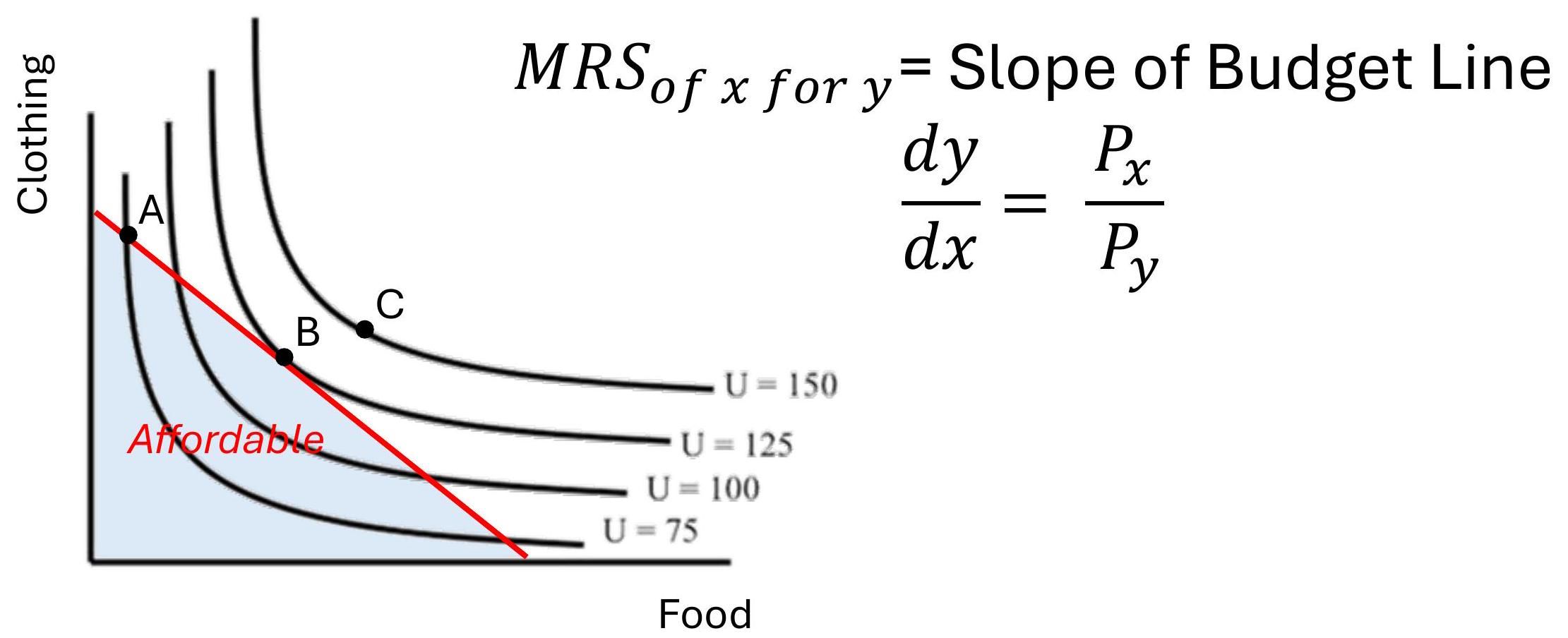Principles of Microeconomics
- Notes
- Video
- Cheatsheet
- Quiz
Beta
Start Recording
00:00:00
Microeconomic Principles
1. Introduction
Consumer Behavior Overview
2. Consumer Preferences
Rationality Properties
Utility Functions
Indifference Curves
Marginal Rate of Substitution
3. Budget Constraints
Budget Line and Equation
Impact of Income/Price Changes
4. Optimal Choice
Maximizing Utility
Marginal Utility & Principle
Corner Solutions
- Click to pin1.Theory of Consumer Behavior
- 2.Basic Properties of Preferences
- 3.Utility and Preferences
- 4.Indifference Curves
- 5.Marginal Rate of Substitution (MRS)
- Click to pin6.Budget Constraints
- Click to pin7.The Optimal Choice
- 8.Corner Solution








